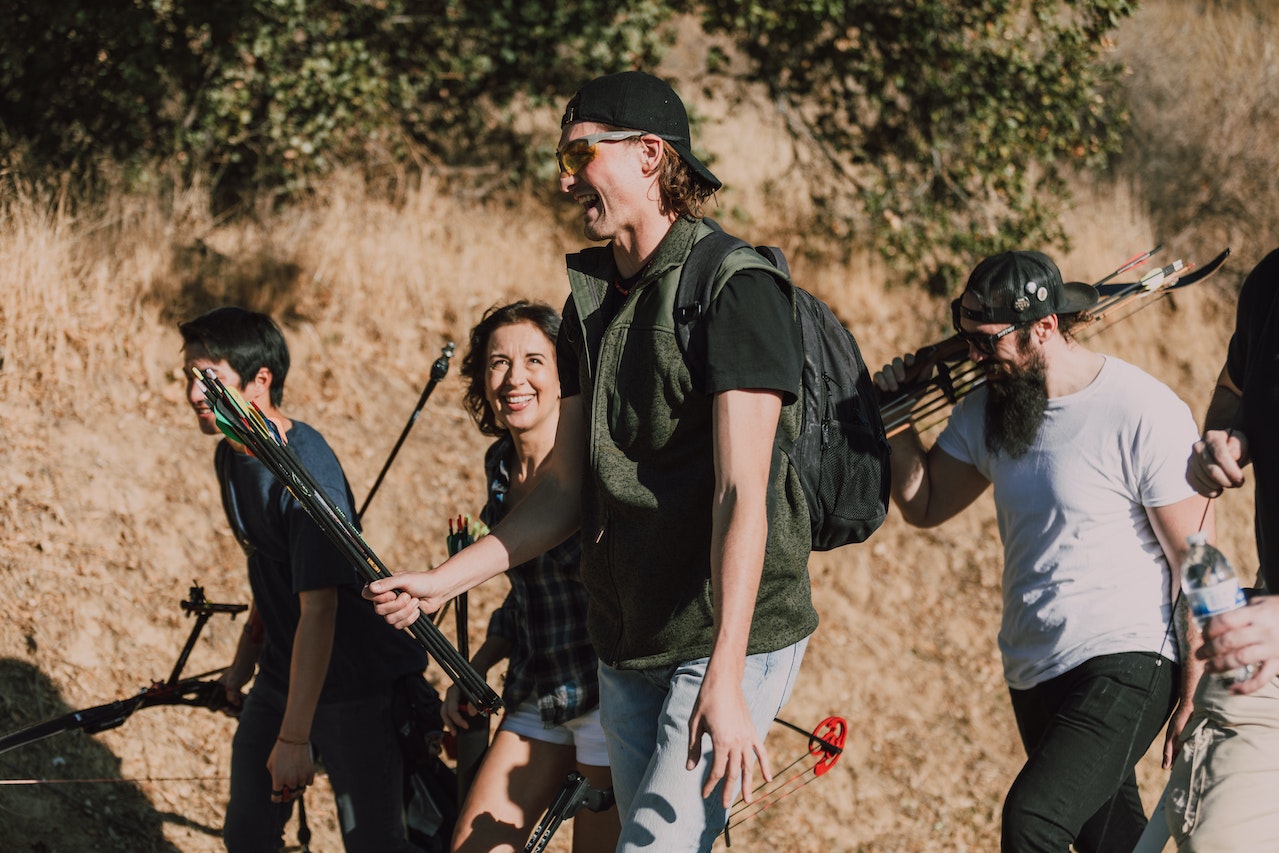Comments
- No comments found

In today's fast-paced world, is the instinct to hoard knowledge still an effective survival strategy, or is it better to share and collaborate?
My friend, Joe, keeps information to himself. In his mind, not telling what he knows gives him a personal competitive advantage. After all, he reasons, “Knowledge is power.”
My other friend, Josephine, doesn’t see it that way. Her recent promotion came as a result of the exposure she received from speaking up and sharing her insights (in conversations and presentations) throughout the organization.
So, who’s right?
According to evolution – maybe both!
Recent research shows that the instinct to hoard can be traced back to early humans hoarding vital supplies, like food, out of fear of not having enough. The more food they put away, the safer they felt. In an evolutionary sense, those who hoarded food and other necessities, were better off, healthier, and produced more offspring.
This emotional attachment to our possessions has been hard-wired into our brains to help us survive. And, still today, whenever we feel threatened, fearful, distrustful, or insecure, the “hoarding gene” kicks into high gear, urging us to hold on tightly to whatever we possess – including knowledge.
On the other hand . . . humans are also a learning, teaching, knowledge-sharing species. This too has been hard-wired in us. Experiments at Notre Dame support the notion that cooperation helped our ancient ancestors survive. Computer simulations add to real world evidence that teamwork in early humans was critical. For example, the common use of stone tools suggests they shared information on the location of suitable material. These sites are sometimes 30 kilometers away from where the tools are found and would have been difficult for individuals to discover on their own.
This knowledge-sharing instinct is alive and active in little children. They can't wait to tell what happened in school or on the playground. And when children grow up, they become adults who thrive on collaboration. According to just about every employee survey I’ve seen, hoarding information is identified as a huge barrier to optimal productivity and morale. People prefer to work in a collaborative environment because it is where they feel that their contribution matters. High participation builds high employee engagement.
So, when it comes to knowledge, which survival strategy (hoarding or sharing) is more likely to be effective in today’s fast-paced, information-intensive world?
The answer lies in the shift from the Industrial Era, when knowledge obsolescence took years and when hoarders created leverage and power bases by hanging onto what they knew, to today, when the shelf life of knowledge is much shorter. Knowledge is no longer a commodity like gold, which holds (or increases) its worth over time. It’s more like milk – fluid, evolving, and stamped with an expiration date. And by the way, there is nothing less powerful than hanging on to knowledge whose time has expired.
Want to add real value to your team – your company – your profession? Want to build a reputation as an informed player? Then put your knowledge into action – fast. The new model of power/influence/success is a cycle of learning quickly, sharing what you know while it is still valid, unlearning what no longer works, and relearning. Now that’s an instinct worth cultivating!
Carol is an international keynote speaker at conferences, business organizations, government agencies, and universities. She addresses a variety of leadership issues, but specializes in helping leaders build their impact and influence skills for fostering collaboration, building trust, and projecting that illusive quality called "leadership presence." She is the author of "STAND OUT: How to Build Your Leadership Presence." and the creator of LinkedIn Learning's video course, "Body Language for Leaders." Carol completed her doctorate in the United States. She can be reached at http://CarolKinseyGoman.com
Leave your comments
Post comment as a guest